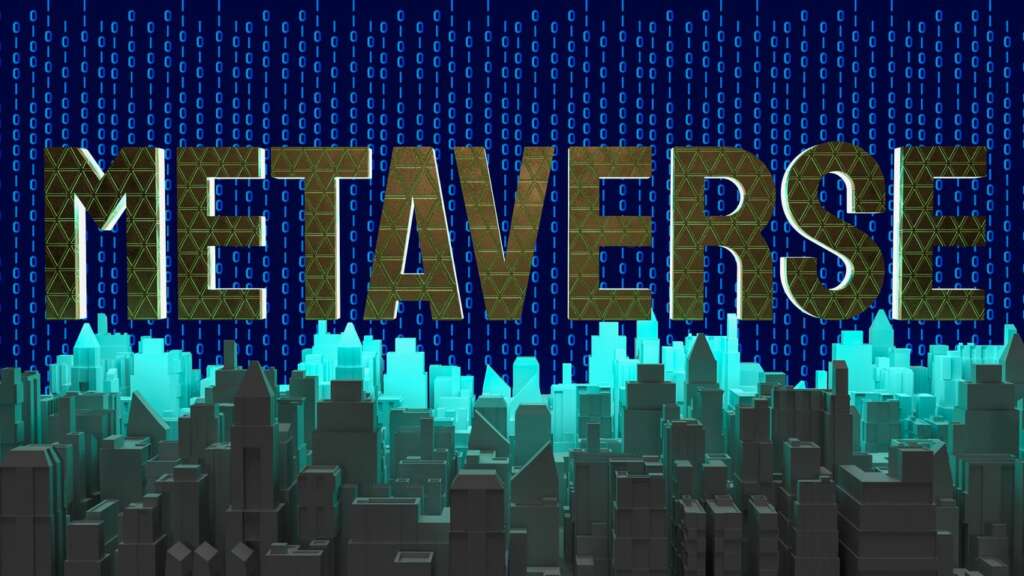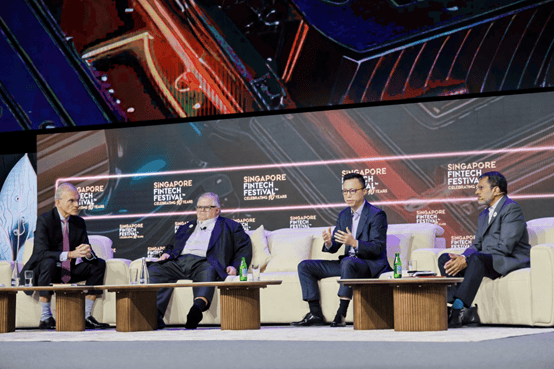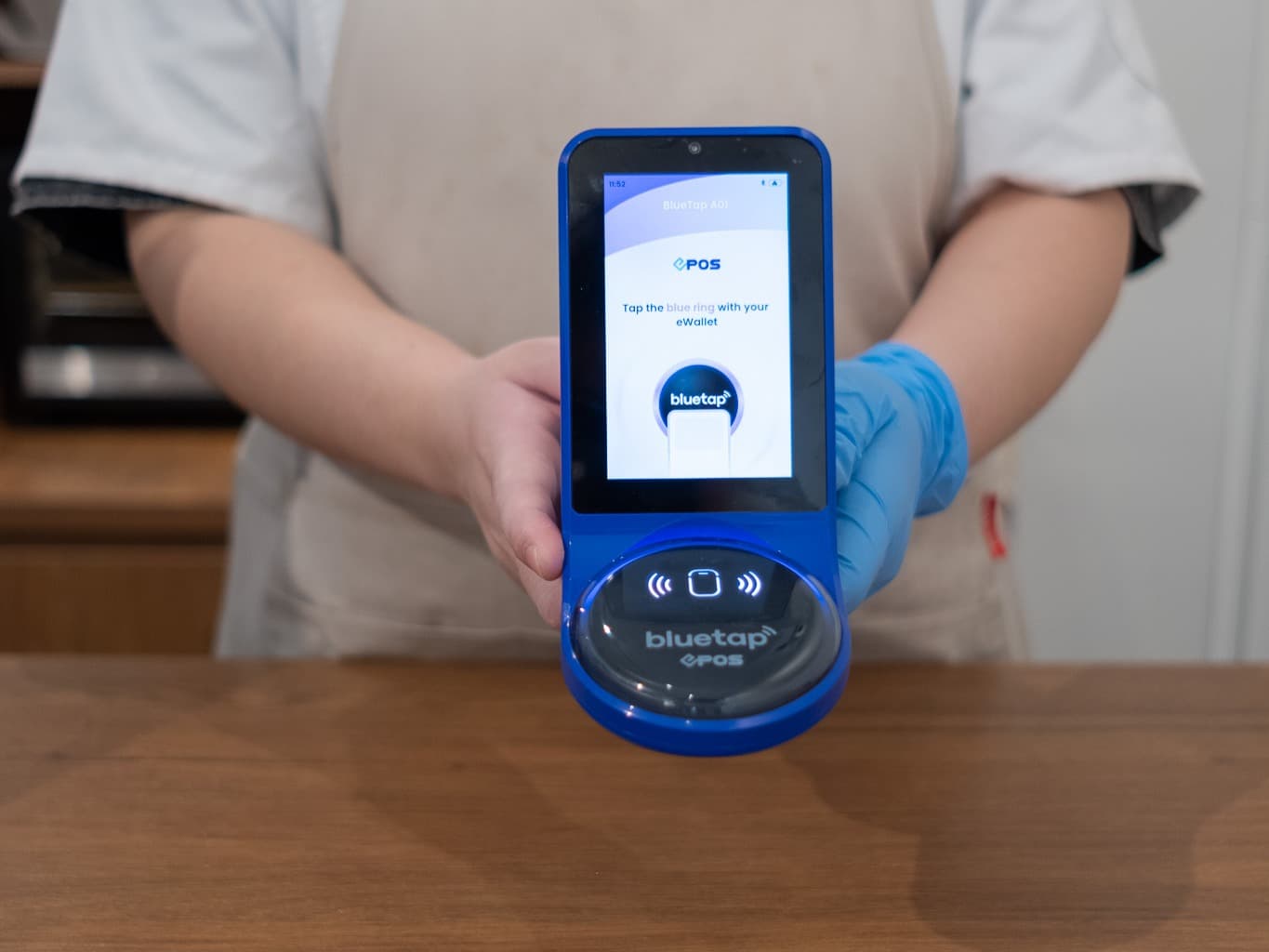
By Stuart Deignan, UK Managing Director, Globant
Imagine your first meeting of the day in a magnificent conference room overlooking an African plain teeming with wildlife, followed by another meeting at a glamorous resort in the French Riviera. To kick back after a busy day, you can’t decide whether to watch a football match at the Maracana stadium or settle into an epic Bruce Springsteen concert at Madison Square Garden.
Okay, that would be impossible in the real world – but not in the metaverse, where before long you will be able to do all of that without even leaving your bedroom. Perhaps it is unsurprising, then, that everyone is talking about the metaverse. But do we all fully appreciate the extent to which it is going to affect our daily lives and, in particular, what it is going to mean for business?
The early metaverse
First coined in Neal Stephenson’s 1992 novel Snow Crash, where humans navigate a shared virtual space in the form of avatars, the metaverse first began to take shape in online gaming by the mid-2000s. While gaming remains at the centre of the metaverse, it has since spread to sectors as diverse as healthcare, retail, manufacturing and finance.
Eventually, every business will have some kind of opportunity in the metaverse, since it allows them to rethink the consumer experience and reinvent their business models thanks to a creative economy that enables collaboration regardless of location, increasing access to goods and services.
The metaverse economy
Over the last year alone, the size of the metaverse market has jumped from almost $64bn in 2021 to about $100bn today, according to Fortune Business Insights. By 2030, the flat web we know today will have become a multidimensional and multisensory experience of interoperable and interlinked environments that will be delivered through multiple devices – from smartphones and VR headsets to others yet to be invented – and could be worth more than $1.5 trillion, according to industry estimates.
Like cryptocurrencies and quantum computing, this cornerstone of the next technological revolution will transform human interaction. Before long, basic human activities like work, play, shopping, banking, education and exercise will become as normal in this immersive world as they are in the physical one, only with a dizzying choice of appearances, friends and locations.
What does this mean for businesses right now?
For now, the metaverse is concentrated in gaming and entertainment. In Globant’s quick poll on the metaverse, of the 26% of respondents that had participated in a metaverse experience, 76% of them did so in gaming or entertainment. While entertainment offers vast opportunities for expansion – in sport, music, art, television, film, theme parks, and much more – other sectors are already diving into the metaverse, including the automotive, consumer goods, education, health, fashion, real estate and tourism sectors.
For example, Pixelynx is blurring the lines between music, blockchain and gaming by building a music metaverse that will transform the way artists connect and engage with their fans through gaming experiences. The games Fortnite and Roblox are also pushing the boundaries by hosting in-game concerts of artists like Ariana Grande and DJ Marshmello, with audiences of almost 30 million gamers. Meanwhile, Disney wants to improve its theme parks by exploring new interactive entertainment experiences through its “virtual-world simulator”, so building its own metaverse by merging the physical and virtual worlds.
One area with great promise is the creation of “digital twins”, or the digital representation of synchronised entities from the real world, such as assets, systems, things, and even people. In fashion, having a digital twin will allow customers to try clothes on before buying them, with the help of an avatar with their exact measurements. This also has obvious applications for medicine, where internal organs can be replicated and studied. The automotive and aviation industries are already harnessing this technology: BMW has a virtual 3D identical replica of one of its factories that can be visited by customers. All of this will revolutionise product design and development, with hyper-realistic 3D renderings bringing digital twins to life.
The metaverse also has huge implications for branding, by creating new spaces where companies can extend their brand’s presence, offering, and creativity, thus maximising engagement with clients and employees. Globant’s survey showed that 24% of participants increased their interest in a brand thanks to a metaverse experience. Crucially, the digital identity of metaverse users will provide behavioural data that organisations can use to create customised experiences not just in the digital world, but also the physical world.
In the short term, social media will likely follow as the next frontier of the metaverse. The biggest social media platforms are already betting heavily on immersive tech to create the next generation of social experiences. But the metaverse will be neither created nor controlled by just a handful of tech giants; it will depend on millions of creators.
Naturally, those who are already making and monetising digital assets on the web today will gravitate towards the metaverse first. But eventually we will all be a part of it – so it is worth taking the time to grapple with what the metaverse means for us all as soon as possible.


